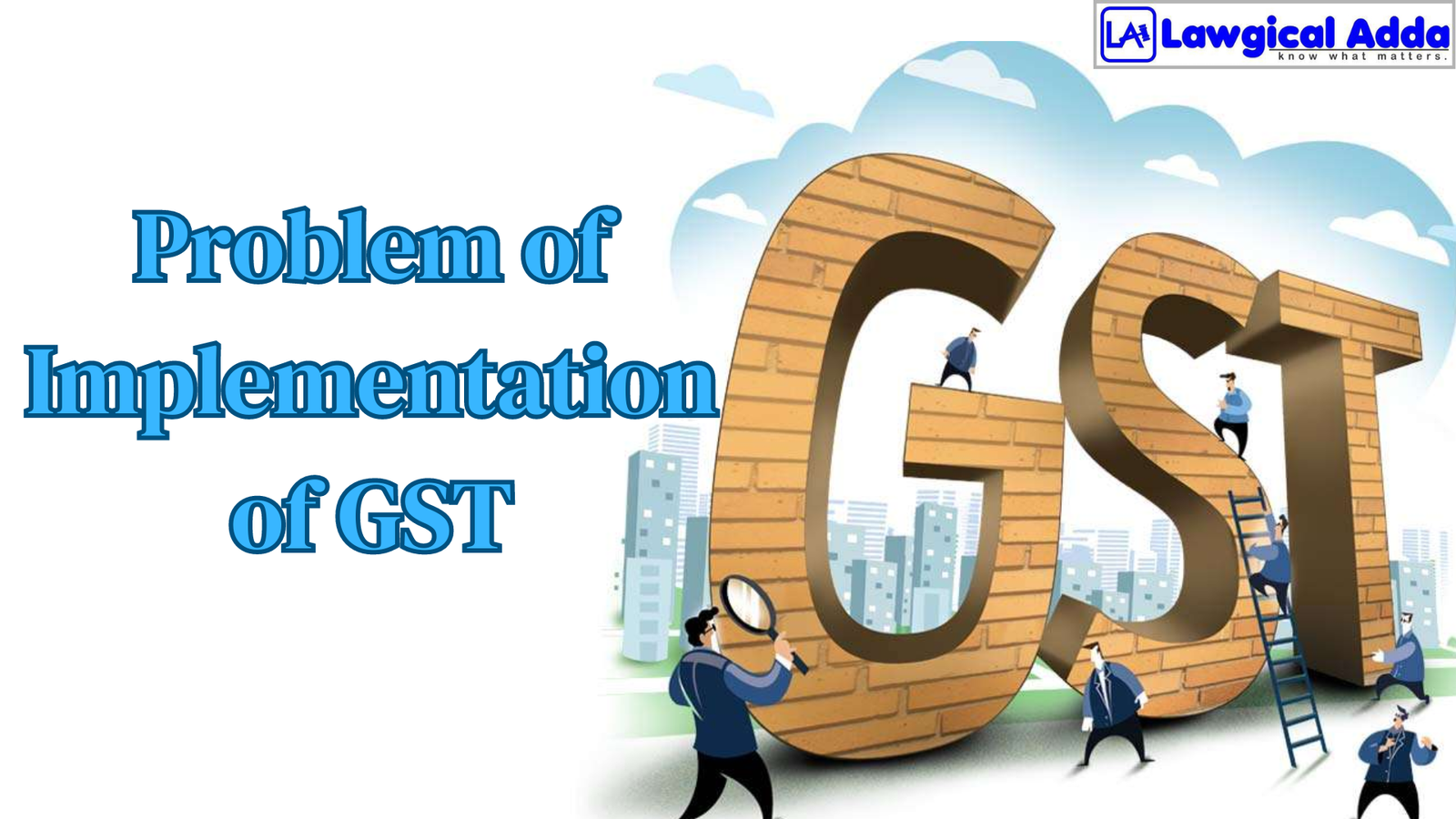Problem of Implementation of GST

Table of Contents
Introduction
The GST impacts the country’s indirect tax system. Although the implementation of the Goods and Services Tax (GST) was intended to improve the tax system, specific issues still need to be resolved to prevent the tax system from becoming unfavorable over time.
In this blog, we shall examine the challenges faced by retailers under the GST. Let’s discuss retailers’ many difficulties, from the intricacies of compliance and changing tax rates to the effects on small businesses.
What difficulties does GST present?
Many obstacles had to be overcome to begin the GST journey, demonstrating how difficult it is to alter a nation’s tax structure. Every stage, from preparation to execution, presented challenges companies needed to respond promptly and sensibly.
- Complexity of Compliance: The transition to GST increased the complexity of compliance. Companies had to adhere to tight regulations, submit taxes, and maintain thorough records. Because this was a significant shift, companies had to adjust their methods of operation quickly.
- Changing Tax Rates: Businesses must exercise caution as the GST requires adjusting tax rates. This involves modifying their pricing strategy to account for the varying exchange rates. Businesses must determine these shifting rates to plan their finances and maintain competitiveness.
- Improvement of IT Infrastructure: The implementation of GST required companies to upgrade their digital systems. This was difficult, particularly for smaller companies. To satisfy the new digital requirements of GST, they had to improve their IT infrastructure promptly.
- Educational Gaps: Not all individuals fully comprehended GST, which increased its complexity. Educating the public, tax professionals, and businesses about GST became very difficult. To share this knowledge, everyone had to cooperate.
- Input Tax Credit Management: Although the Input Tax Credit (ITC) offered advantages, its administration was challenging. Companies needed to get up to speed on the requirements for the ITC, including the proper paperwork and usage techniques. This was essential for businesses hoping to maximise their ITC benefits.
- Legal Interpretation: Gripping the legal nuances of the GST has been challenging. Businesses have had to negotiate these legal difficulties to ensure they abide by the law and prevent unintentional rule-breaking.
Implementing the Goods and Services Tax (GST) required modifications to supply chain operations. To comply with the new tax structure, businesses had to review their distribution, delivery, and storage strategies, which affected their daily operations.
Taking Care of the Implementation Issues with the GST
Notwithstanding these obstacles to implementing the GST, the government and the courts have addressed these justifiable problems and made the implementation process more accessible.
The courts have adjudicated disputes between the central government and the states, constructed numerous parts of the GST regulations, and offered advice on implementing the GST.
The judiciary has also addressed issues about the constitutionality of GST laws, including the division of powers between the federal government and the states. By interfering in legal matters, the courts helped businesses and policymakers understand the law and guided how to apply GST in India.
Conclusion
If correctly enacted, the Goods and Services Tax (GST) can profoundly impact the Indian economy. By eliminating double taxation and cutting product prices, the GST can help integrate the informal sector into the larger Indian economy and provide the country’s ailing export market with a much-needed boost.
If the GST system is implemented correctly, it might benefit this nation’s economy. Reduced product costs, the removal of the double taxation regime, and the introduction of the Goods and Services Tax (GST) can hasten the expansion of the export sector and the economy.
Focus on what you do the best! Let Lawgical Adda handle the rest. Choose our services for easy winding-up, restructuring and surrendering documents. Contact us today!
FAQ’s
- Why was the Goods and Services Tax implemented?
The aim was to substitute the current intricate and disjointed tax framework with a unified system that would streamline compliance, minimise tax cascades, and foster economic integration.
In 2009, the First Discussion Paper, created and outlined by the Empowered Committee of State Finance Ministers, was published.
- What is the main problem that taxpayers are now dealing with?
The current GST is complicated for traders because it contains several tax rates, including 3%, 6%, 5%, 12%, and 28%. To facilitate traders and improve the transparency and convenience of the tax system, the number of tax rates should be lowered and streamlined.
- Who in India is regarded as the father of GST?
The GST was first proposed to be implemented in 2000 by the Indian government of Atal Bihari Vajpayee.
The state finance ministers established an Empowered Committee (EC) to design the GST framework, drawing on their experience establishing State VAT. As a result, Atal Bihari Vajpayee is referred to as the global Father of GST.








